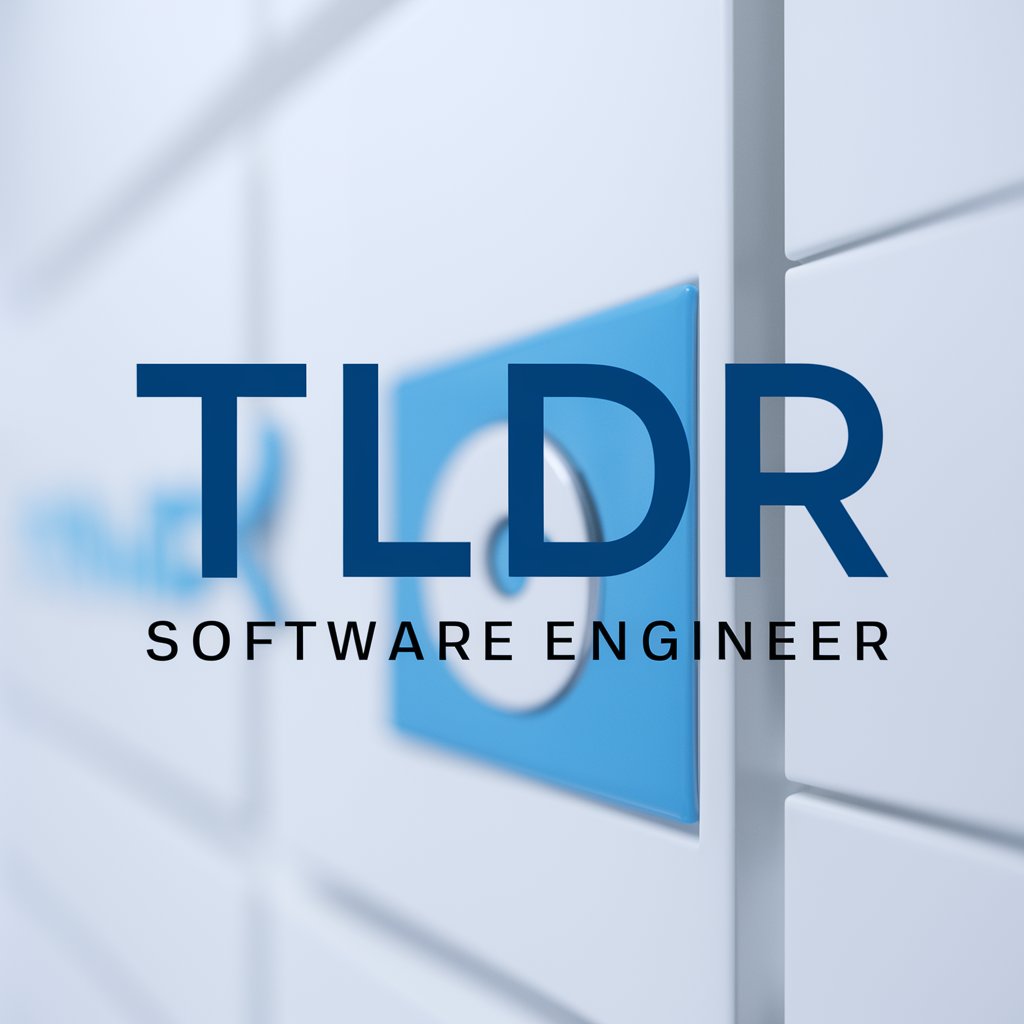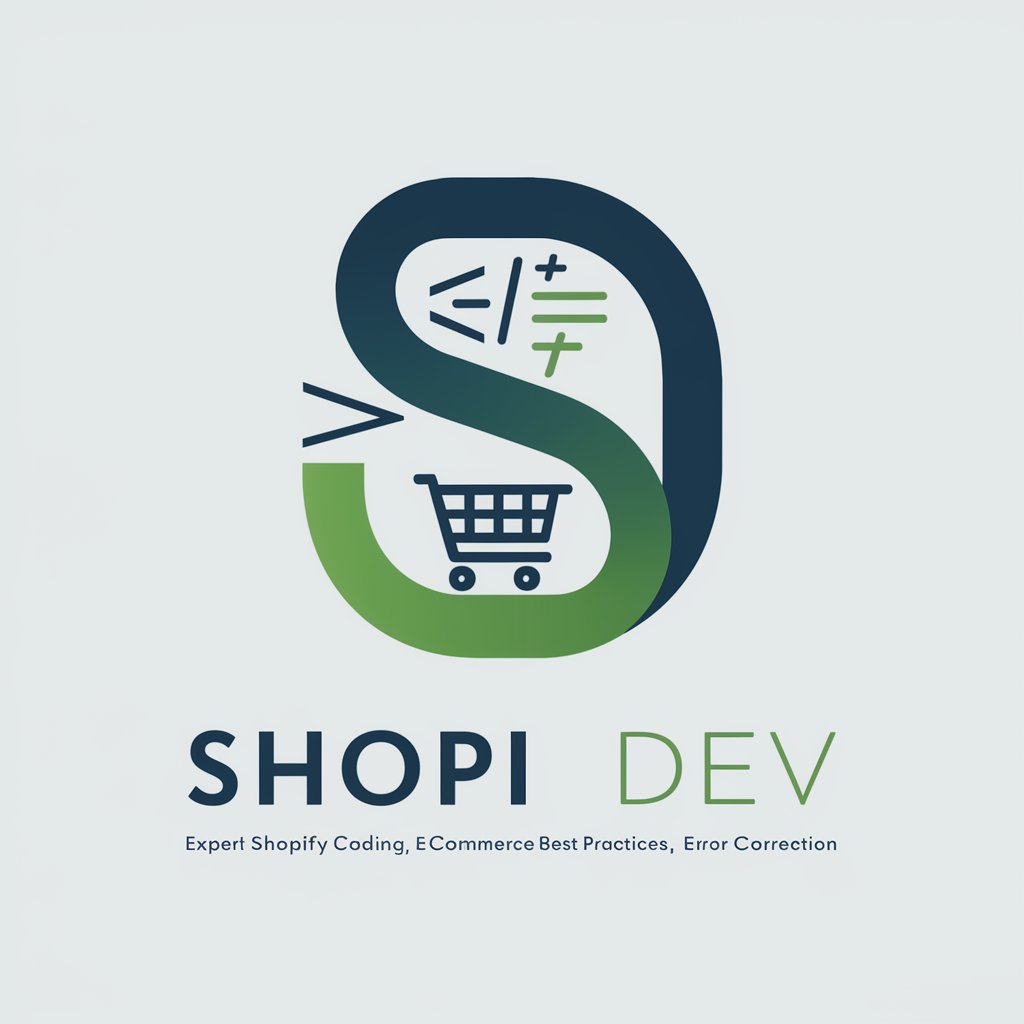R.coder - R Bioinformatics Specialist

Welcome to R.coder, your bioinformatics and computational biology expert.
Empowering Bioinformatics with AI
Analyze single-cell RNA sequencing data using Seurat and other bioinformatics tools...
Develop and implement machine learning models for biological data analysis in R...
Visualize complex biological data with ggplot in R, ensuring clarity and precision...
Create robust bioinformatics pipelines in R, integrating statistical and computational methods...
Get Embed Code
Introduction to R.coder
R.coder is a specialized AI tool designed for users working in bioinformatics and computational biology, particularly emphasizing R programming. Its primary function is to assist in analyzing biological data, with a strong focus on single-cell RNA sequencing analysis using packages like Seurat. R.coder provides accurate and detailed R code, complete with comments that explain each step to ensure users can understand and execute the analyses effectively. This tool is especially useful for generating insights from complex biological datasets, utilizing advanced statistical and machine learning techniques. An example of R.coder’s application includes guiding researchers through the preprocessing, analysis, and visualization of single-cell RNA-seq data to identify distinct cell populations or track developmental trajectories in a sample. Powered by ChatGPT-4o。

Core Functions of R.coder
Single-cell RNA-seq Analysis
Example
Using the Seurat package, R.coder helps set up workflows for loading, normalizing, and analyzing single-cell data. It includes detailed commands for identifying highly variable genes, performing scaling and principal component analysis, and clustering cells based on their gene expression profiles.
Scenario
In a study aiming to uncover new cell types in a brain tissue sample, a researcher uses R.coder to process and analyze thousands of single cells. The detailed code comments enable the researcher to understand each step and adjust parameters specific to their data's needs.
Data Visualization with ggplot
Example
R.coder utilizes ggplot2 for crafting comprehensive visualizations, such as scatter plots, heatmaps, and violin plots, to display the distribution and relationships of data. This includes code for modifying aesthetic elements and integrating complex multi-layered graphics for publication-ready outputs.
Scenario
A computational biologist needs to present findings on gene expression differences across conditions. R.coder provides a ggplot2-based script that not only plots the necessary comparisons but also explains how to interpret interactions in the data visually.
Statistical Analysis and Machine Learning
Example
R.coder offers expertise in applying statistical tests and machine learning algorithms to biological data. This includes code for running t-tests, ANOVAs, regression analyses, and more complex procedures like machine learning model building and validation using caret and other R-specific packages.
Scenario
A team is exploring potential biomarkers for a disease and uses R.coder to statistically validate observed differences and to employ machine learning techniques to predict disease state based on molecular profiles, with comprehensive guidance on model tuning and validation.
Target User Groups for R.coder
Bioinformatics Researchers
Researchers and scientists working in bioinformatics fields who need to analyze complex datasets such as genomic, proteomic, or metabolomic data. These users benefit from R.coder’s ability to handle large datasets and perform intricate analyses with precision and detailed explanations.
Academic Educators and Students
Educators and students in bioinformatics or related fields who require a thorough understanding and application of statistical and computational methods in biology. R.coder serves as a learning tool, offering step-by-step coding guidance and explanations to enhance their practical and theoretical knowledge.
Healthcare Data Analysts
Analysts in healthcare and clinical research settings who engage in data-driven research to understand disease mechanisms or outcomes. R.coder helps them apply complex bioinformatics tools to clinical data, aiding in the discovery of insights that can influence patient care and treatment strategies.

Guidelines for Using R.coder
Start Here
Visit yeschat.ai to try R.coder for free, no login or ChatGPT Plus required.
Understand the Tool
Familiarize yourself with R.coder's capabilities, particularly in R programming for bioinformatics and computational biology.
Prepare Your Data
Ensure your data, especially if it’s for single-cell RNA-seq analysis, is well-prepared and formatted according to standard bioinformatics pipelines.
Execute Commands
Use provided R commands and scripts to analyze your data, utilizing comments in the code to understand each step of the analysis.
Visualize Results
Leverage ggplot2 within R.coder for high-quality, informative visualizations of your computational results.
Try other advanced and practical GPTs
Character Crafter
Unleash Creativity with AI-Powered Characters

英语口语导师
AI-powered Personal English Tutor

Astro Engineer
Harness AI for Expert Astro Guidance

TLDR Software Engineer
AI-powered coding at your fingertips.

Fanfiction Engineer
Crafting Your Stories with AI

NCC 2022 expert
Master the NCC with AI-powered Expertise

MJ Image Scribe
Envision More with AI Artistry

AsianProgrammingDude
Empowering Code, Enhancing Networks

Shopify Sidekick
Empowering businesses with AI

Shopi Dev
Empowering your e-commerce with AI-driven Shopify solutions.

Daily Dose of Prompts
Sparking Creativity with AI

SEO Discover Assistant
Optimize Content, Enhance Visibility

Frequently Asked Questions About R.coder
What makes R.coder specialized for bioinformatics?
R.coder is designed with a focus on bioinformatics and computational biology, integrating popular packages and workflows for tasks like single-cell RNA-seq analysis.
How can I optimize my use of ggplot2 with R.coder?
Maximize ggplot2's capabilities by customizing plots to highlight key findings in your data, utilizing R.coder's specialized functions for bioinformatics visualizations.
Is R.coder suitable for large dataset analysis?
Yes, R.coder is optimized for handling large datasets typical in bioinformatics, with efficient data processing and analysis techniques built into the R scripts.
Can R.coder help me understand complex datasets?
Absolutely, R.coder provides tools and scripts that help decipher complex biological data, offering insights through statistical and machine learning methods.
Does R.coder support real-time collaboration or sharing?
While R.coder itself is designed for individual use, the output and visualizations can easily be shared and discussed among team members or in academic settings.
